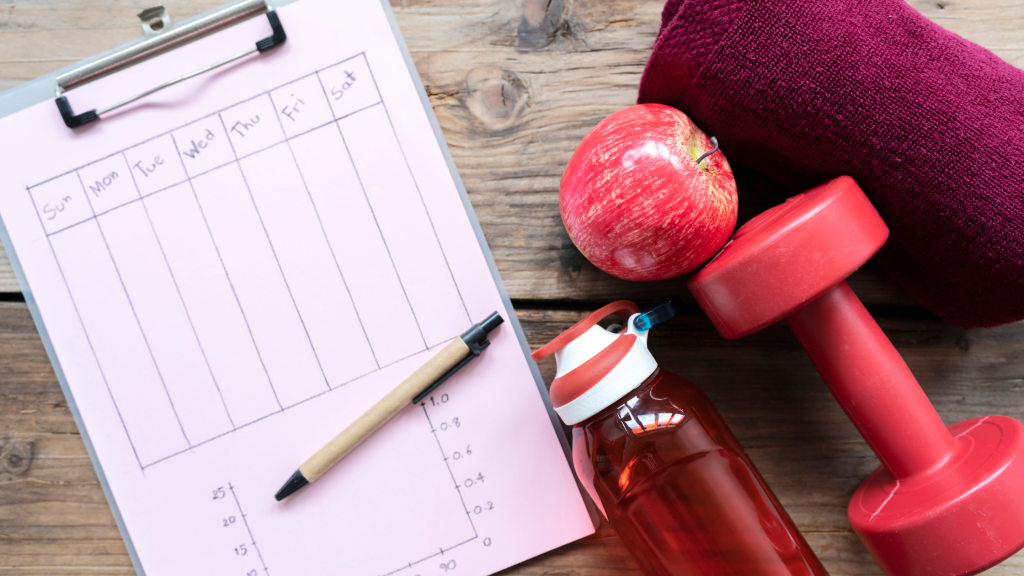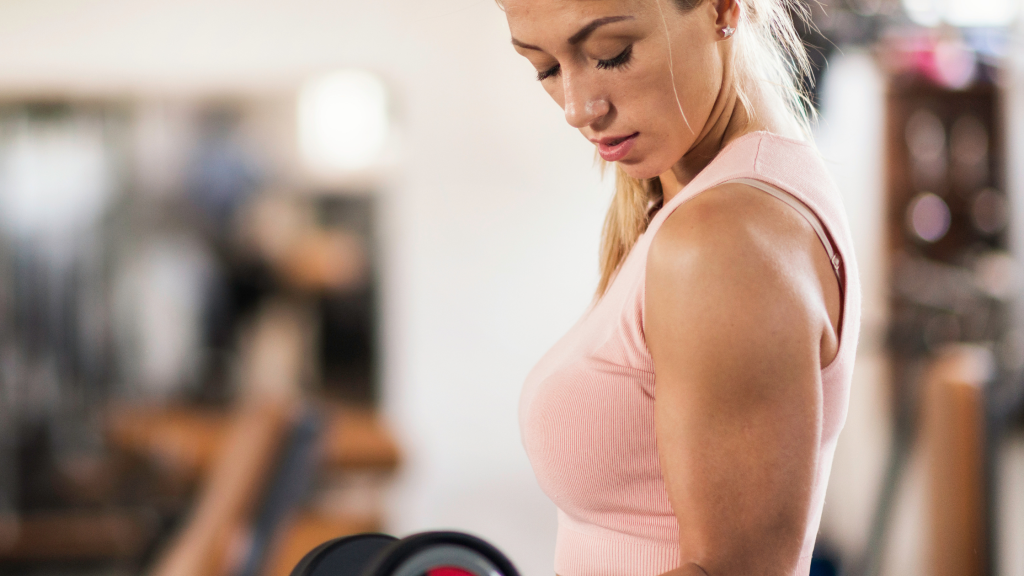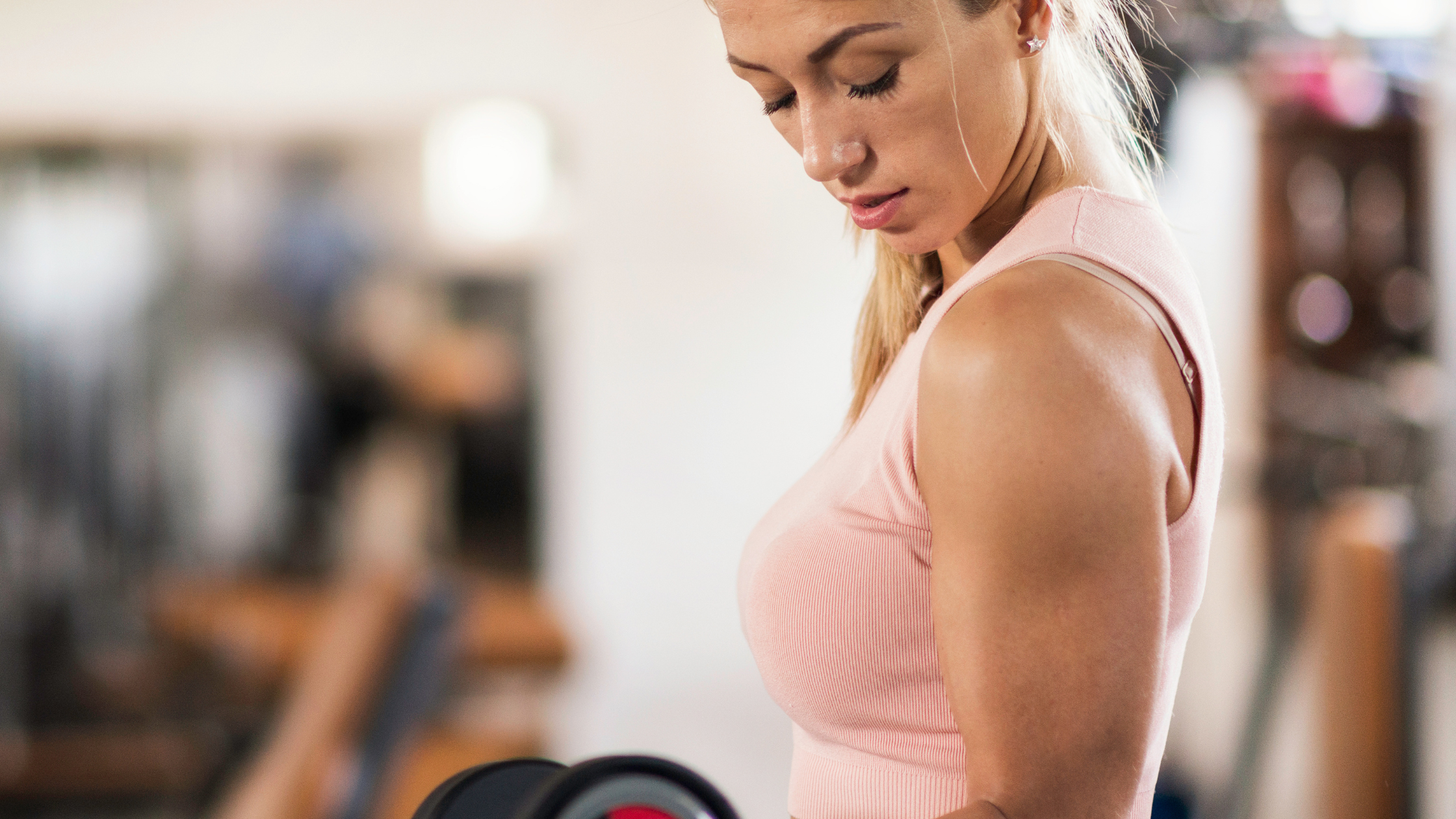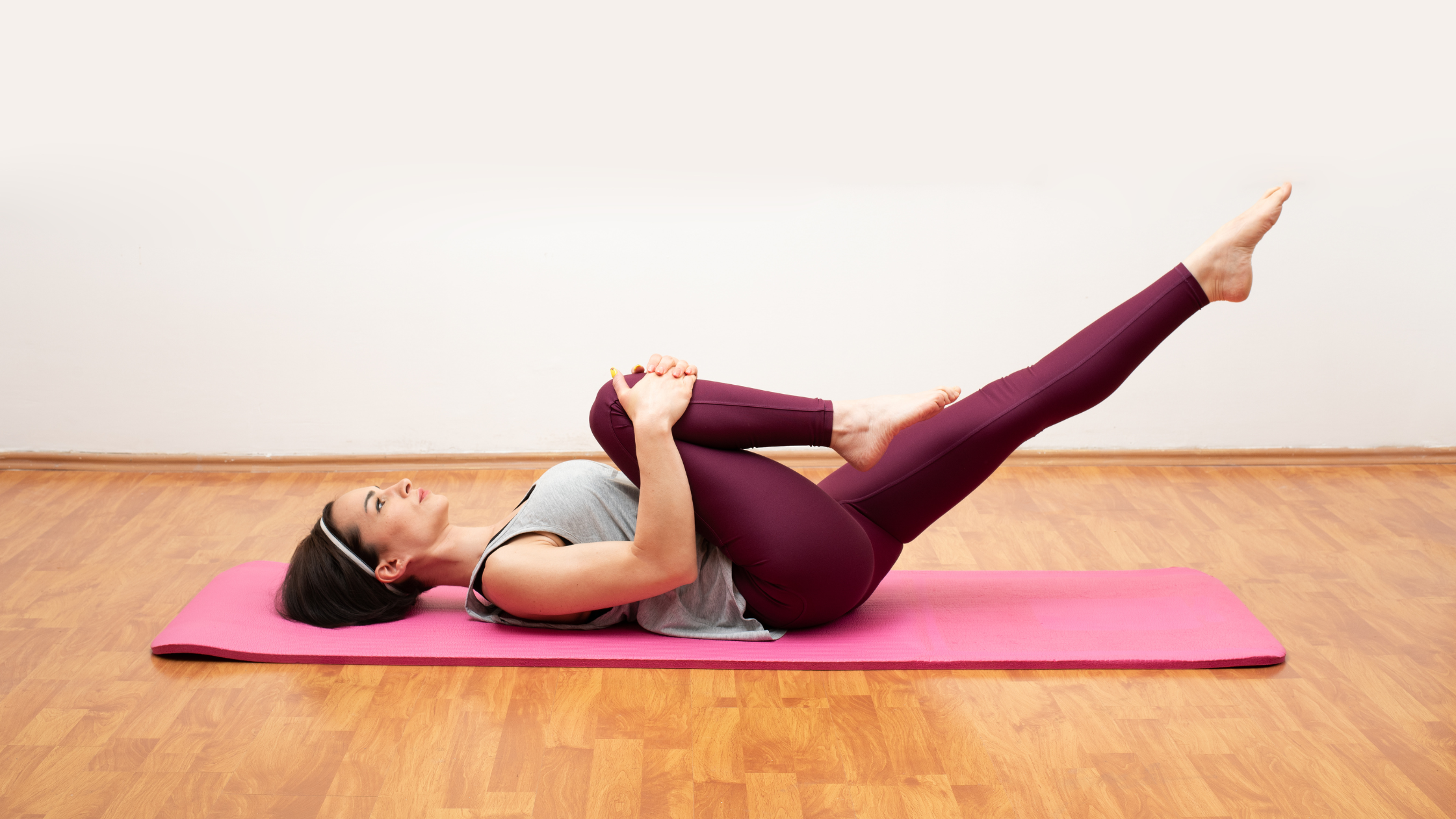30 Minutes A Day
In today’s fast-paced world, finding time for physical fitness can be a challenge. With busy schedules, work commitments, and family responsibilities, many individuals find it difficult to carve out long hours to hit the gym. But what if we told you that achieving your fitness goals doesn’t require spending hours at the gym every day? What if you could transform your body, boost your health, and achieve your fitness goals in just 30 minutes a day?
In this article, we’ll explore how you can make the most of a 30-minute daily workout, the difference between short-term and long-term fitness goals, and how tools like fitness trackers and gym equipment can help you along the way. Let’s dive into how you can start working smarter, not harder, and make every minute of your workout count.
Understanding Fitness Goals – Short-Term vs. Long-Term
Before diving into how you can achieve your fitness goals in just 30 minutes a day, it’s essential to understand the difference between short-term and long-term fitness goals. Whether you’re just starting your fitness journey or are already a seasoned gym-goer, distinguishing these goals will help you determine the best approach to your workouts and ensure you stay motivated along the way.
Short-Term Fitness Goals
Short-term fitness goals are goals you aim to achieve within a relatively short period, typically ranging from a few weeks to a few months. These goals are usually focused on more immediate improvements in your fitness level and are perfect for tracking progress and building momentum.
Examples of Short-Term Fitness Goals:
- Losing a specific amount of weight (e.g., 5–10 pounds over the next month).
- Improving cardiovascular endurance (e.g., running 2 miles without stopping).
- Building strength in a specific muscle group (e.g., increasing the weight you can lift in a squat).
- Incorporating more physical activity into your daily routine (e.g., getting in 10,000 steps each day for a month).
Achieving short-term fitness goals can provide a sense of accomplishment and help you stay motivated as you work toward your larger, long-term goals. Short-term goals can also serve as steppingstones, guiding you toward success as you progressively challenge your body.
Long-Term Fitness Goals
Long-term fitness goals are broader and require sustained effort over time. These goals are typically aimed at achieving lasting physical changes or improving overall health and performance. Unlike short-term goals, long-term fitness goals often take months or even years to reach, and they require consistency, dedication, and a well-rounded approach to fitness.
Examples of Short-Term Fitness Goals:
- Building muscle mass and achieving a lean physique.
- Training for a marathon or triathlon.
- Achieving a high level of flexibility and mobility.
- Maintaining overall health and wellness into older age.
Long-term fitness goals are more about lifestyle changes and establishing habits that will serve you well throughout your life. While achieving short-term goals can give you immediate satisfaction, long-term goals keep you focused on maintaining your fitness over time, with an emphasis on building endurance, strength, and overall well-being.

How Short-Term and Long-Term Goals Work Together
While short-term and long-term goals are distinct, they should work hand in hand. Short-term goals provide the necessary steps that allow you to progress toward achieving your long-term fitness ambitions. Think of short-term goals as checkpoints that keep you on track toward your ultimate fitness destination. Both types of goals complement each other and contribute to a well-rounded fitness journey.
While short-term and long-term goals are distinct, they should work hand in hand. Short-term goals provide the necessary steps that allow you to progress toward achieving your long-term fitness ambitions. Think of short-term goals as checkpoints that keep you on track toward your ultimate fitness destination. Both types of goals complement each other and contribute to a well-rounded fitness journey.
How to Achieve Your Fitness Goals in Just 30 Minutes a Day
Now that you understand the distinction between short-term and long-term fitness goals, let’s explore how you can make the most of just 30 minutes a day to achieve your fitness objectives. The key lies in maximizing your time with efficient workouts that target your goals while minimizing distractions. With the right approach, you can see significant results in a short amount of time.
The Power of Consistency
One of the most important factors when working toward your fitness goals is consistency. When you dedicate 30 minutes a day to your fitness routine, whether it’s strength training, cardio, or flexibility work, consistency becomes your best ally. Committing to daily sessions, even if they are brief, helps build a solid foundation for both short-term and long-term success.
The beauty of 30-minute workouts is that they are manageable and can easily fit into your schedule, regardless of how busy your day is. Consistency ensures that you are progressing toward your goals without feeling overwhelmed or burned out.
High-Intensity Interval Training (HIIT)
If your goal is to lose weight or improve cardiovascular health, one of the most effective ways to use a 30-minute window is by incorporating High-Intensity Interval Training (HIIT) into your routine. HIIT workouts involve short bursts of intense exercise followed by brief rest periods, allowing you to burn more calories in less time. Studies have shown that HIIT is an excellent option for those looking to get fit quickly, as it can help improve both aerobic and anaerobic endurance, burn fat, and build muscle.
A typical HIIT workout might include exercises like sprints, burpees, jumping jacks, or mountain climbers, all performed at maximum intensity for 30-45 seconds, followed by 15-30 seconds of rest. This type of training can be done with just bodyweight exercises or using basic gym equipment like dumbbells or kettlebells, making it accessible for anyone.

Strength Training with Compound Movements
For those looking to build muscle or improve overall strength, incorporating compound exercises into a 30-minute workout is key. Compound movements, such as squats, deadlifts, lunges, and push-ups, engage multiple muscle groups at once, maximizing the effectiveness of your workout in a short time.
Using resistance training tools like dumbbells, kettlebells, or resistance bands can make a big difference in enhancing your workout. These tools allow you to target specific muscle groups and progressively increase weight or resistance to build strength. You can alternate between upper body and lower body exercises to maximize your workout and work on different muscle groups each day.
Cardiovascular Training for Endurance
If your goal is to improve your cardiovascular health or stamina, you can use your 30 minutes to focus on exercises like running, cycling, swimming, or rowing. These activities are excellent for building endurance and can be done using basic equipment like a stationary bike, treadmill, or rowing machine.
For example, you could dedicate 30 minutes to either steady-state cardio (such as a moderate-paced run) or interval cardio (where you alternate between sprints and recovery). Depending on your fitness level and goals, you can adjust the intensity and duration of the workout.
Tracking Your Progress with Fitness Technology
To stay motivated and on track, fitness trackers like Fitbit can be incredibly helpful. These devices allow you to track steps, heart rate, calories burned and even sleep quality. With features like goal setting and progress tracking, a Fitbit helps you stay accountable to your fitness plan, whether your goal is weight loss, improving your endurance, or hitting specific activity milestones.
Moreover, fitness trackers sync with apps that can help you track your workouts and provide data-driven insights into your performance, making it easier to adjust your workouts as needed to stay on course. Seeing tangible progress over time is crucial for maintaining motivation, especially when you’re working toward long-term goals.

Using Gym Equipment at Home
If you prefer working out at home, investing in a few pieces of gym equipment can significantly enhance your 30-minute workouts. Key items like resistance bands, dumbbells, kettlebells, and a stability ball can be used for a wide range of exercises, making it easy to diversify your routine. Having gym equipment at home eliminates the need for a commute to a fitness center, making it even easier to stick to your 30-minute daily commitment.
You can also explore apps and online programs that provide structured workouts using minimal equipment. Many fitness apps offer short, guided sessions that are perfect for those with limited time. Whether you’re focusing on strength, flexibility, or cardio, these apps can help you get the most out of every 30-minute session.
Conclusion: Achieving Fitness Goals in Just 30 Minutes a Day
Achieving your fitness goals in just 30 minutes a day is not only possible but also highly effective if you approach it with the right strategy. By setting both short-term and long-term fitness goals, incorporating time-efficient exercises like HIIT and strength training, and utilizing tools like fitness trackers and home gym equipment, you can see significant progress without spending hours in the gym.
Consistency is the key, and even with just 30 minutes a day, you can make remarkable strides toward achieving your physical fitness goals. Whether you’re aiming to lose weight, gain strength, or improve your overall health, your fitness journey can be just as successful with a 30-minute daily commitment.
So, what are you waiting for? Make the most of your 30 minutes today, and start working toward the physical fitness goals you’ve always dreamed of achieving!








